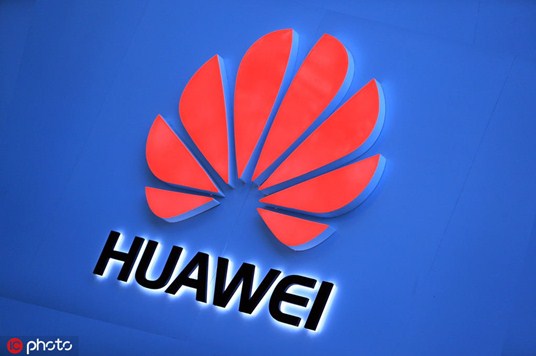See the difference in latest Huawei controversy


Editor's Note: Huang Jiyuan is an opinion editor with CGTN Digital. The article reflects the author's opinions, and not necessarily the views of CGTN.
By this point, attempting to see Huawei solely as a company without attachments has become a mission nearly impossible. Since the trade war broke out with the United States, Huawei has become one of China's representations on the international stage – both as the face of progress and the target of attacks. Any incident surrounding the company tends to become a national and political symbol.
Given this backdrop, it is expected that the latest controversy related to the treatment of the company's employees would be discussed heavily in international news. Major international media outlets have covered the issue describing its ramifications. Many discussions on these platforms have insinuated how the trade war has changed the Chinese public's attitude toward the tech giant.
As sentiments run high, seeing the difference between Huawei the national symbol and Huawei the company has become all the more important. Huawei as a company needs to rethink its employee treatment strategy. A company of Huawei's stature is responsible for investigating such incidents, and finding out the truth, and reform its policies and implement them, if necessary.
However, elevating this problem to a national level could be problematic, especially with the antagonistic stance of the United States on China. In recent months, the U.S. has criticized China's governance, human rights, and economic model. American politicians have been using all tools at their disposal – legislative, executive, and fame alike – to force China to change its ways to suit American interests. Huawei is a national symbol for the United States to use as a leverage in this one-sided conflict.
And this is where the media has to draw the line. They need to distinguish between the company itself and the symbolism it holds. To be objective is to make sure that no innuendoes could be drawn from reading the coverage. Evaluating, criticizing, and offering suggestions to a private multinational company is legitimate. But, trying to tie what's happening to Huawei to other national matters would be not-so-tactical endorsement of a particular political view.
For example, in an article published in Forbes on December 4, the controversy was deliberately added to a story which talked about Xinjiang. Even though there's no connection between them, the juxtaposition of the two stories is making an impression that the two are of similar and of equal value.
Something similar happened with the New York Times. An article published on December 4, titled "How Huawei Lost the Heart of the Chinese Public," used a picture of a man with a long history of anti-China rhetoric to depict how the Chinese people are responding to the company's controversy online. It has disregarded the fact that the two are not comparable, and drawing parallels between them distorts the nature of the controversy by deliberately elevating a private company issue to a national problem.
With all the indignation toward Huawei, many media outlets are jumping to the conclusion on this matter. Huawei has publicly stated that it is open to resolving the problem in the court of law. As the situation is still unfolding, it wouldn't be beneficial for any news organization to stir up public sentiments with implications and innuendoes. And there are sources coming out with information that contradicts the current mainstream version of the controversy. Turning the public into the judge, jury and executioner on this matter would not be fair to anyone.
This controversy is not black and white. And the media should stick to objective reporting on the company without using Huawei as a symbol to project the problem onto a national level. It needs to see the difference between the two, and viewers should do the same.


































